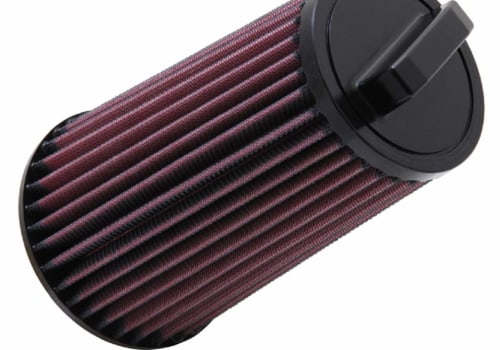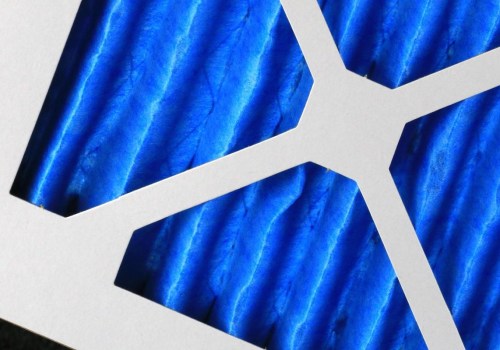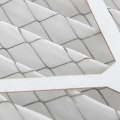When it comes to air filters, electrostatic filters are the clear winners. Although they may have a higher initial cost than fiberglass filters, they are designed to last much longer and can filter out smaller particles. This makes them a great choice for improving indoor air quality and reducing utility bills. Fiberglass filters are very affordable, but they are only capable of removing large particles from the air.
They have little to no effect on improving air quality. On the other hand, electrostatic air filters use static electricity to trap dust, pollen, and other airborne particles before they enter your home. These filters are more durable than pleated filters and can be washed and reused multiple times. Electrostatic air filters are also compatible with UV-C air purifiers, whole-house fans, attic fans, and portable air purifiers.
This makes them a great choice for those looking to further improve their home's indoor air quality. The main purpose of any filter is to clean the dirty outside air that forcibly enters your home. Electrostatic filters are cost-effective and energy-efficient solutions that easily outperform metal mesh panels or any other stacked and washable media panel filter on the market. Experts recommend cleaning electrostatic filters every two weeks or at least once a month.
This will help ensure that they remain effective and last longer. When combined with an annual set-up of your heating and cooling system, an electrostatic air filter could reduce your utility bills by hundreds of dollars each year. You have several options when it comes to air filters: disposable fiberglass filters, disposable pleated filters, and disposable electrostatic filters. The MERV (Minimum Efficiency Reporting Value) is a standard that evaluates the overall effectiveness of air filters. Electrostatic filters are the undisputed winners in this case.











